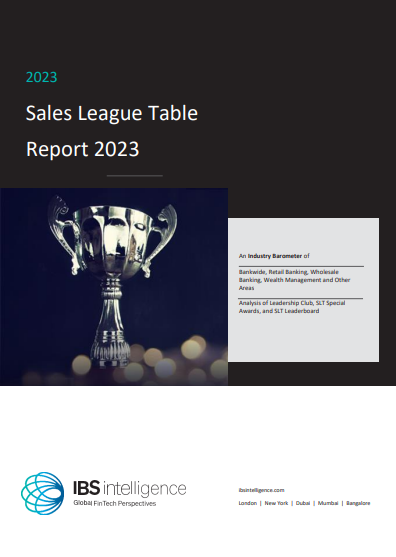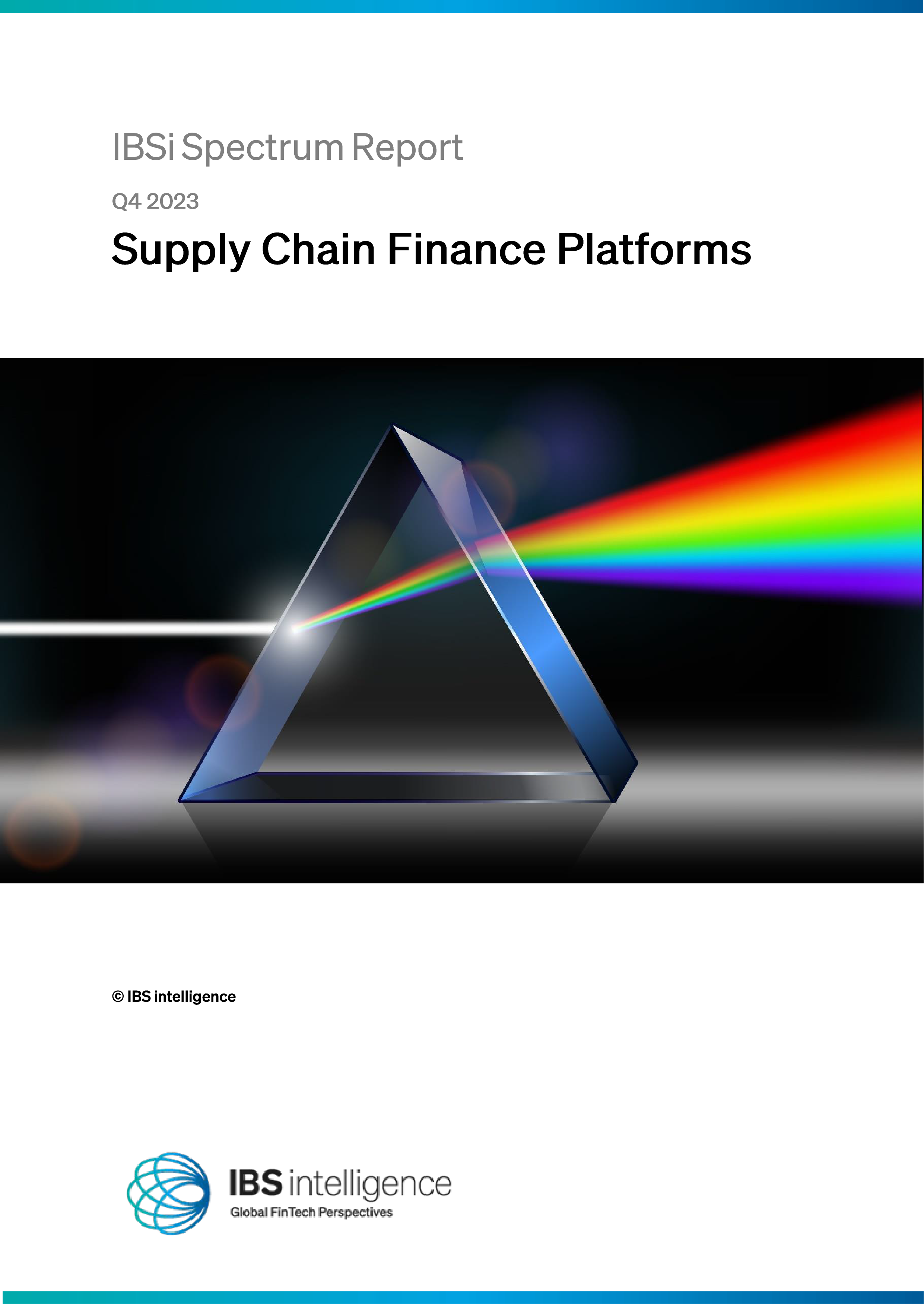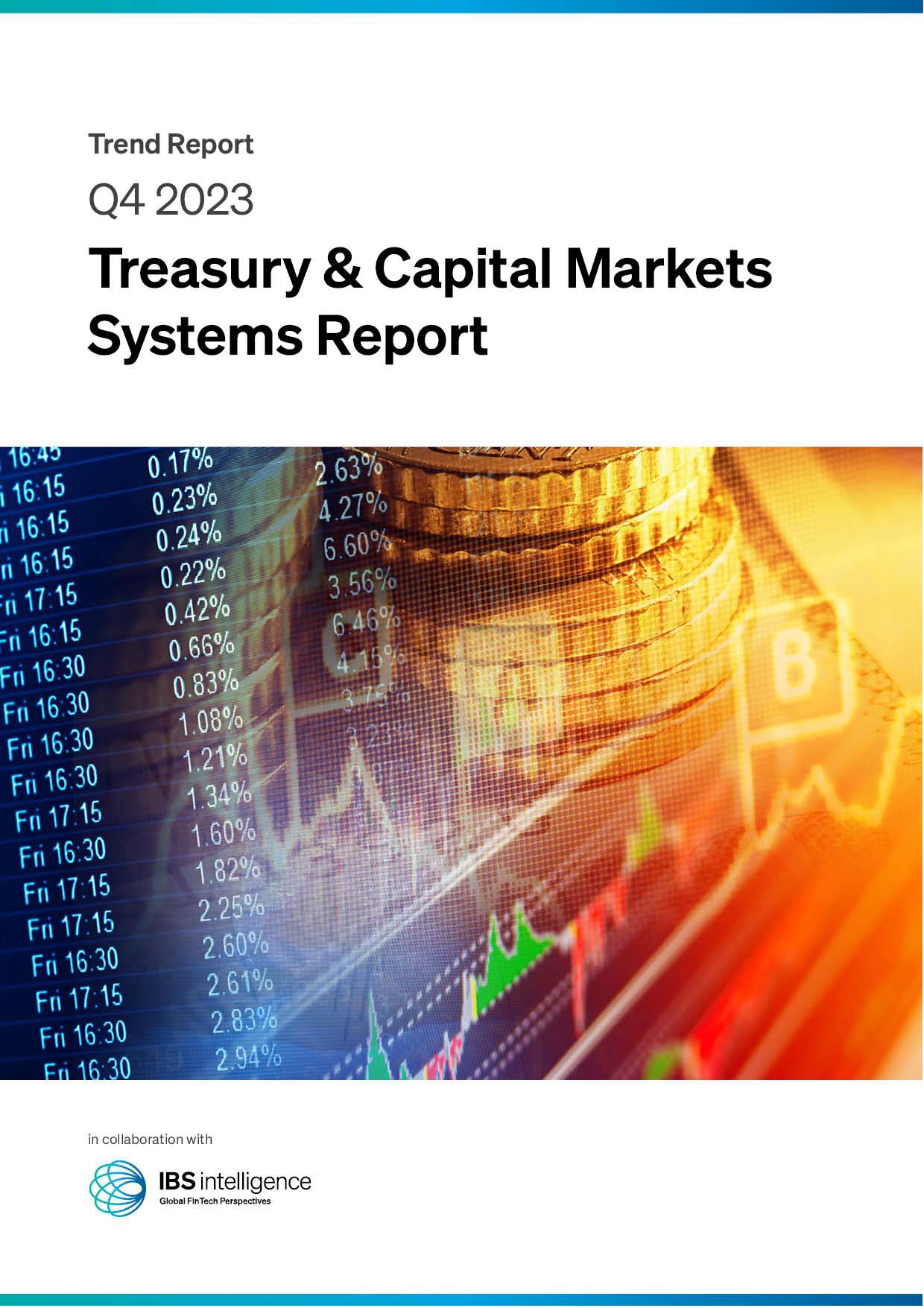 Back
Back
Indian FinTech sector has potential to cross $2.4 billion earnings by end 2020

2020 is almost here, and it is a perfect time to look back on 2019 and appreciate the highs and lows. By this point in 2019, the words ‘FinTech’, ‘Data Science’ and ‘Machine Learning’ have become relatively common, and implications attached to these words have become apparent to anyone who is a part of the modern world.
FinTech in India has been growing at a significant pace for the last four years as a result of the increasing focus from RBI, government policies, advancing technology and affordable smartphones and data.
In turn, the Indian FinTech ecosystem has finally matured with the public at large, becoming more receptive towards digitization and tax automation. This is owing mainly to the demonetization of 2016 and the introduction of the Goods and Services Tax in 2017. In fact, implementation of GST alone has led to dedicated startups and new business verticals from established brands to help small, medium and large businesses with their taxes.
2019 was expected to be a year with continued momentum, but it came with its share of surprises. The industry did not grow as fast as anticipated, but like everything else in life, there were also moments of delight.
Firstly, the IL&FS liquidity crisis led to a massive trickle-down effect on NBFC lending, which led to a considerable reduction in available debt to smaller NBFCs. Liquidity is the raw material for financial services, and in the absence of a steady supply, many FinTechs grew slower than expected.
Secondly, RBI continues to be silent on some key issues like e-KYC, e-sign, e-NACH, which were the catalysts for a seamless journey and growth. The circulars were expected to post the elections, but that has been delayed, leading to a lack of clarity.
Thirdly, UPI and Payments saw a great deal of growth and investments coming in. UPI has been recognized globally as a masterpiece of innovation. With 143 banks live on UPI clocking 1.2Bn transactions in November alone, it has completely transformed the way money moves in India.
2019 was also a year with many FinTechs building real-time, fully automated and intelligent solutions for lending and payments. AI and Machine Learning saw some real takers and many human-led processes were fully automated.
As liquidity continues to come back and wait for RBI continues to streamline KYC, the trends I see shaping fin-tech startups in 2020 involve a highly aware customer and further innovations in data science and data engineering.
Trend 1: India is rapidly moving towards a mobile-first approach for accessing financial services, and they prefer vernacular platforms.
With a 400Mn reach of WhatsApp and thousands of hours of content being created by OTT platforms – Indian consumers are online on their smartphones. YouTube in India has over 1,200 channels with one million subscribers, and this number was only 14 in 2014.
This provides an unparalleled opportunity for tech companies to build digital journeys and solutions to disrupt almost everything that we know today. Financial Services, Transportation, Logistics, Shopping, Telecom, Healthcare, Education are all going to see newer players challenging the status quo. There is nothing called Digital Strategy now, it’s just Strategy to survive in a Digital India!
FinTech also is witnessing the same behavioral shift where 95%+ users apply for a loan using a mobile device while this number was less than 30% three years ago. We have seen a 2X conversion on our vernacular pages compared to English landing pages.
Trend 2: Data Science and Engineering are delivering substantial cost efficiencies and better decisions with cutting edge applications of Computer Vision, Optical Character Recognition and Pattern recognition.
FinTech is growing at an exponential pace in India with high applications of data science in aspects like lending, insurance, broking and wealth management. Several lending companies have used image, text, and voice as input data sources to provide accurate decisions and better experiences than their banking counterparts in the last couple of years in India. Optical Character Recognition was meant to read the text inside images and transform that into digital text data. Now, there is an integration of OCR in our daily lives – from scanning documents and credit cards to data entry. The traditional, time-consuming paper-based work has been replaced with an optimized way of collecting the same data. With the enhanced ease in collecting data, data scientists can start their analysis journey quicker.
Data Science and Data Engineering are working more closely than ever with T-shaped data scientists becoming popular by the day.
Being one of the youngest nations in the world, a considerably large section of the Indian population is significantly more receptive and adaptive. The result is tech-savvy zealous entrepreneurs pushing the Indian fin-tech industry towards potential earnings to the tune of US$ 2.4 billion by end 2020.
IBSi News
- Daily insightful Financial Technology news analysis
- Weekly snapshots of industry deals, events & insights
- Weekly global FinTech case study
- Chart of the Week curated by IBSi’s Research Team
- Monthly issues of the iconic IBSi FinTech Journal
- Exclusive invitation to a flagship IBSi on-ground event of your choice
IBSi FinTech Journal

- Most trusted FinTech journal since 1991
- Digital monthly issue
- 60+ pages of research, analysis, interviews, opinions, and rankings
- Global coverage
Other Related Blogs
April 18, 2024
From experimentation to business value: four ways GenAI can transform financial services
Read MoreMarch 21, 2024
Full speed ahead for sustainable finance: the year of regulation and Gen AI
Read MoreRelated Reports

Sales League Table Report 2023
Know More
Global Digital Banking Vendor & Landscape Report Q1 2024
Know More
Wealth Management & Private Banking Systems Report Q1 2024
Know More
IBSi Spectrum Report: Supply Chain Finance Platforms Q4 2023
Know More

